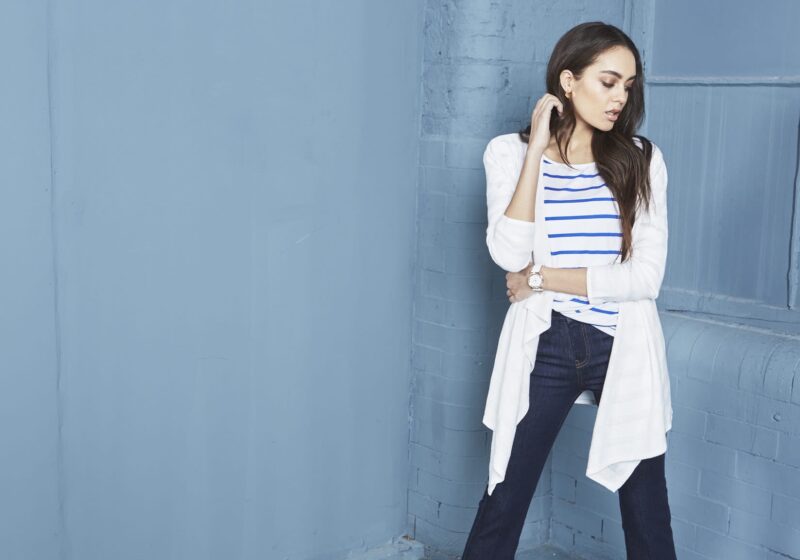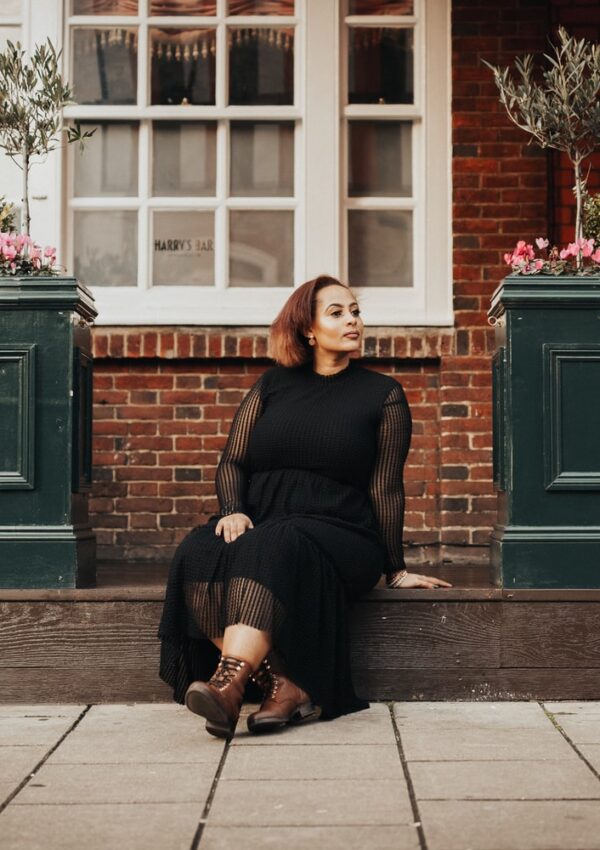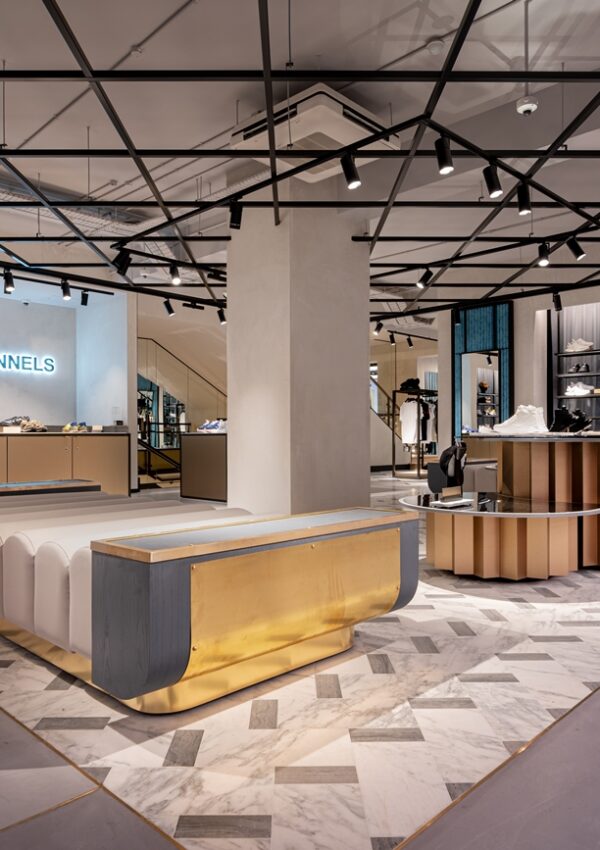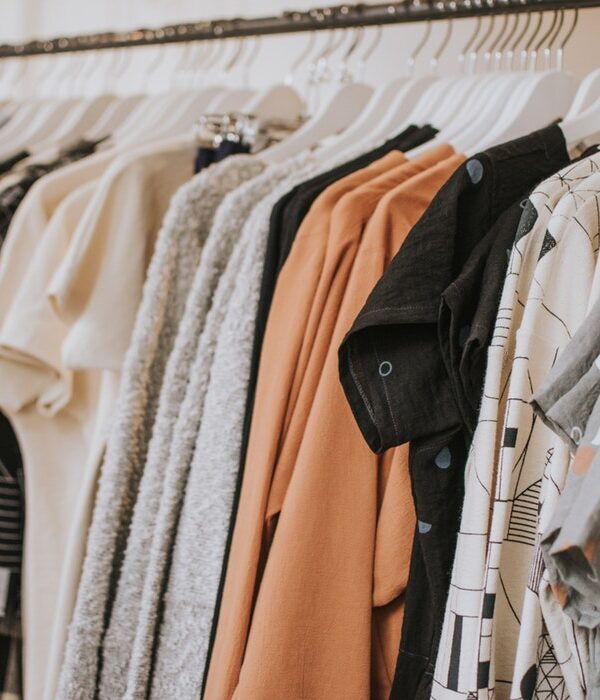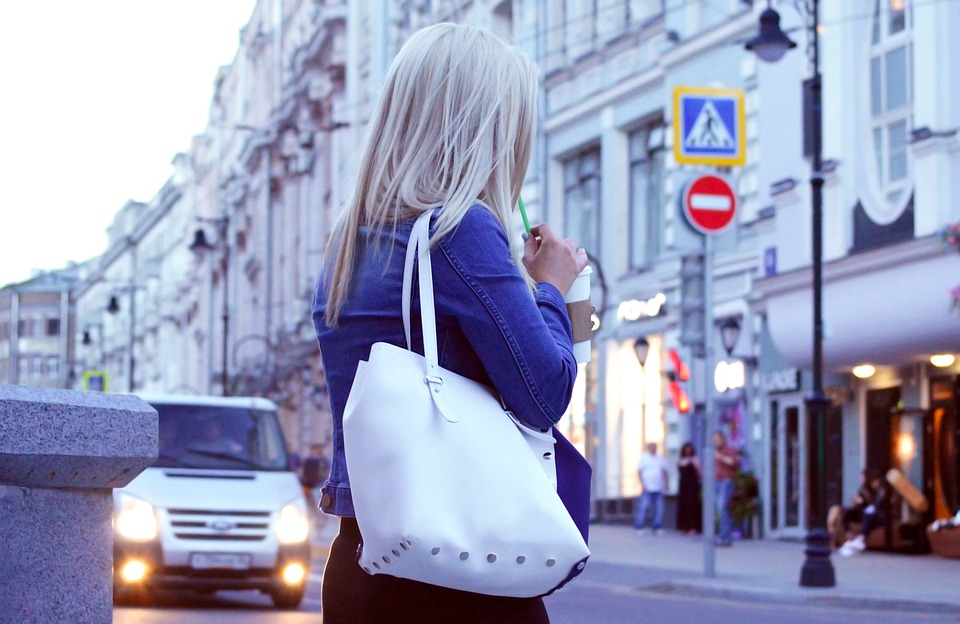Breaking away from the fast fashion momentum gaining across the online shopping world, Two For Joy aim to offer longevity of wear and morally crafted pieces in the latest fashions.
STYLE etc interviewed Two for Joy owner Sarah Jerath, a mumpreneur from Altincham, on how she balances work and family life while running the business.
How do you see your brand positioned as an online retailer amongst the many fast fashion brands?
Two for Joy isn’t a fast fashion brand. I know that there is a market for fast fashion but it has never been something I feel comfortable with. I think that there are other people who, like me, may be searching for something where the clothing is of a good quality, fairly priced and can be worn season after season and that’s why I launched the brand.
What actions are you taking to implement more sustainable fashion pieces?
At Two for Joy it’s all about Forever Essentials. We aim to produce clothing that transcends the season, so when we design a garment, we try to design it with the aim of it becoming a hard-working item for your wardrobe, not something you will wear once or twice and discard. We are also working towards making more of our clothing from more sustainable fabrics.
We know you give to charities, which are you actively working with currently?
We are currently working with Mayamiko, a UK -based charity which helps to train people about starting their own business in Africa and helps fund the start-up costs. We give 15% of the sale price of each item sold from www.2forjoy.co.uk to Mayamiko.
We are also working on t-Shirts where 50% of the sale price will go to The Christie in Manchester. This is a charity close to my heart, which recently suffered terrible fire damage losing both equipment and data used in the research of cancer and its treatment.

Who is the Two for Joy customer?
Although our brand is mainly aimed at women over 30, anyone who wants a good quality, fairly priced wardrobe essential and who cares where their clothing has been made would hopefully find something they love within our collection.
How did the brand come about?
I thought that there was a lack of transparency on the High Street and, following on from Rana Plaza Disaster, I wanted to offer an alternative to fast fashion. I started Two for Joy as I felt there was a better way to do business, particularly in the fashion industry. I think there is a need for the industry as a whole to try to be more open and honest about the supply chain, to try and make it better for all involved.
Who inspires you as a style icon?
Vivienne Westwood, Victoria Beckham, Stella McCartney and Audrey Hepburn.
What trends do you have upcoming for next season?
For our new season collection, we have beautiful Autumnal colours; we have a lot of red – berry, cinnamon and plum colours. We also have warming honeycombs, calming deep greens and striking blues. As we aim to make clothes which last beyond a season, we try to design clothes in styles and fabrics which don’t date too much.
My favourite pieces from the new season are a 70% wool pencil skirt which comes in Berry or Charcoal and a wide legged trouser which comes in deep blue with a black trim. We’ve also developed some lovely knitwear, including an ottoman-style jumper dress and some great slim fit ribbed tops.
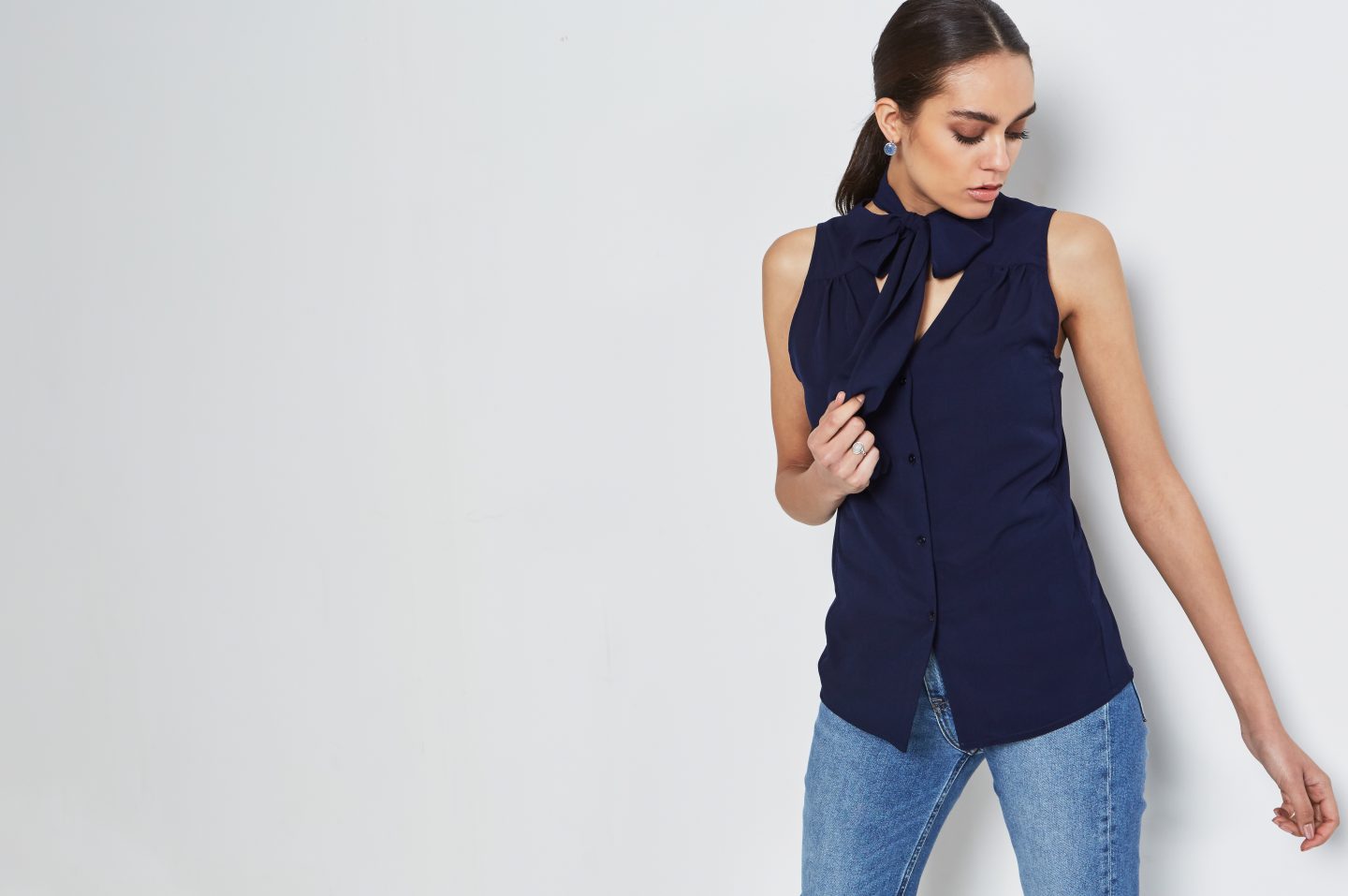
How do you juggle being a mum and businesswoman?
It’s been really difficult but I have had amazing support from all of my family and friends. I make sure that on my days off, I check my emails in the morning and then when the children are in bed, but try not to during the day when I am with them!
What advice do you have for other mums wanting to be their own boss?
If you have the opportunity and the support, then go for it! It has been a difficult couple of years and there have been times of self-doubt, but I truly believe if there is something you are passionate about you have to try to do your best to succeed.
What have been the biggest struggles starting this brand?
I think one of the biggest struggles has been working out where to start! We want to achieve so much with regards to increasing the transparency within the supply chain, ensuring where our garments are made that local laws are adhered to, minimising the cost to the environment of the fashion industry; I could go on…
Basically, we thought we would start where we could; by being honest about the costs involved in this industry; working with reputable suppliers who we know treat workers fairly and donating to charities which work to support and help people who don’t have the opportunities we do.
What response have you had to the brand so far?
We have had really positive responses so far. It seems like people are looking for an alternative to the fast, disposable, no questions-asked fashion that seems to be everywhere.

